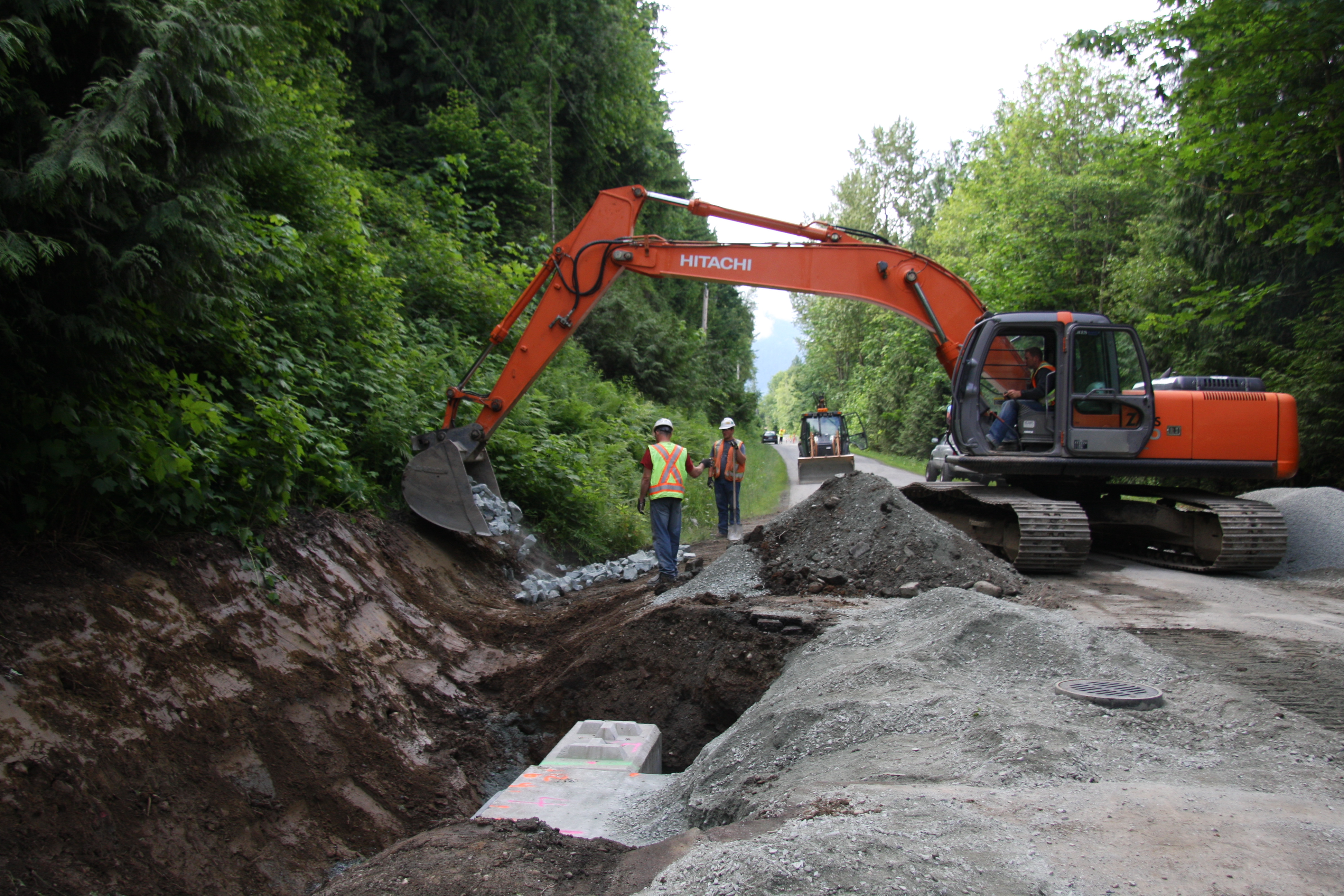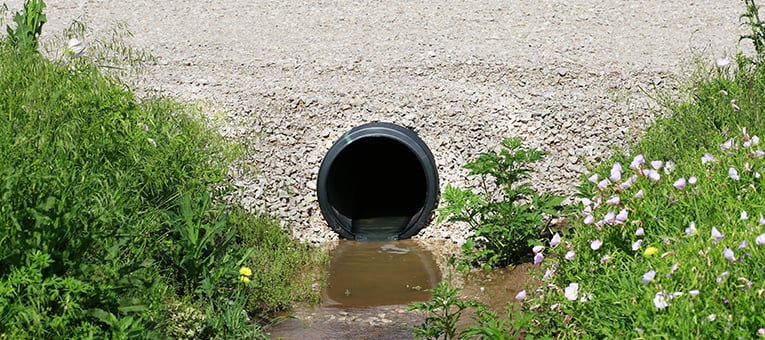Achieve Success With Culvert Setup: Ideal Practices Disclosed
Setting up culverts is an essential element of infrastructure growth, calling for precision and adherence to best methods for long-term success. Whether taking on a new task or preserving existing culverts, the process demands careful attention to detail. From the initial product option to the lasts of maintenance, each step plays a crucial role in the performance and durability of the culvert system. In this discussion, we will discover vital strategies, ideas, and guidelines that can considerably influence the result of culvert setups. Recognizing these crucial aspects is paramount in guaranteeing the structural integrity and efficiency of culverts, making it critical for professionals and lovers alike to comprehend these fundamental concepts.
Appropriate Product Choice

Plastic culverts are light-weight, corrosion-resistant, and cost-effective, making them a popular choice for numerous culvert installments. Ultimately, selecting the proper material is necessary to make certain the culvert system works effectively and has a lengthy service life (Road construction).
Site Prep Work Tips
Efficient site prep work is crucial for the successful setup of culverts, making certain proper assimilation with the surrounding environment and long-lasting capability. Prior to starting the installation procedure, it is crucial to perform an extensive site analysis to identify the ideal dimension, kind, and placement of the culvert.
Following, the dirt problems should be reviewed to analyze the stability and load-bearing ability of the ground. Relying on the dirt type, additional actions such as compaction or support might be necessary to avoid working out or changing of the culvert over time. Proper drain factors to consider must likewise be taken into consideration to stop water buildup around the culvert, which can lead to disintegration or architectural damages.
Lastly, establishing proper accessibility to the website for building equipment and guaranteeing conformity with any regulative needs article are essential over at this website facets of site preparation. By complying with these website preparation tips, the setup of culverts can be performed efficiently and properly, advertising the durability and functionality of the culvert system.
Installment Strategies

To start with, it is necessary to accurately measure and mark the area where the culvert will certainly be set up. This ensures appropriate positioning and prevents any kind of mistakes during the setup phase. Secondly, excavation should be done carefully to develop a stable foundation for the culvert. The trench must be dug to the right depth and width, taking into consideration the dimension and kind of culvert being set up.
Appropriate positioning is important for the capability official site and durability of the culvert. By adhering to these setup techniques carefully, the culvert will certainly be successfully set up, adding to the overall success of the project.
Upkeep Guidelines
After finishing the careful installment of culverts following appropriate strategies, adherence to upkeep guidelines is vital to guarantee their long life and performance. Normal inspection is essential to identify any type of indicators of wear, obstructions, or structural damages at an early stage. Assessments should consist of inspecting for debris buildup, disintegration around the culvert edges, and any kind of indicators of corrosion or corrosion. Clearing up particles, such as branches or leaves, from the inlet and electrical outlet frequently is important to prevent blockages that can lead to flooding.
Furthermore, preserving correct incline and placement of the culvert is important for reliable water flow and to stop possible obstructing. Road construction. Any plant life near the culvert must be taken care of to avoid origin invasion and obstructions. In areas susceptible to freezing temperatures, executing winter months maintenance methods such as guaranteeing appropriate drain to avoid ice buildup is vital
Routine maintenance not only prolongs the life-span of culverts however also ensures they function properly in taking care of water circulation, minimizing the risk of damages to framework and surrounding locations.
Troubleshooting Common Issues
Attending to usual issues that may arise with culverts requires a methodical strategy and mindful analysis of the underlying reasons. By examining the culvert alignment and incline routinely, prospective concerns can be recognized and corrected without delay.

Verdict
Finally, attaining success with culvert installation requires mindful factor to consider of product option, extensive website prep work, correct setup methods, and routine maintenance. By complying with ideal practices and repairing usual issues, the integrity and performance of culverts can be ensured. It is vital to stick to standards and recommendations to stop any possible concerns and make certain the longevity of the culvert system.